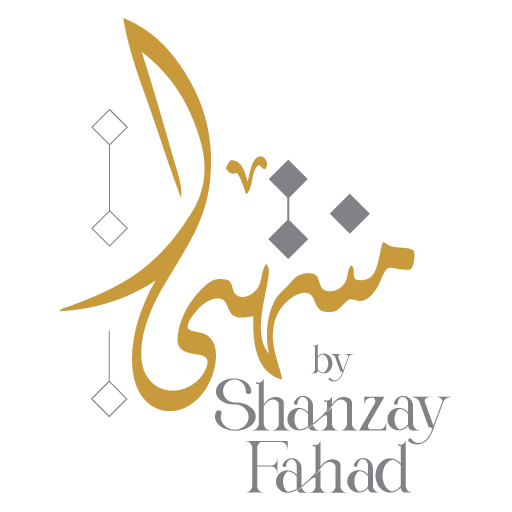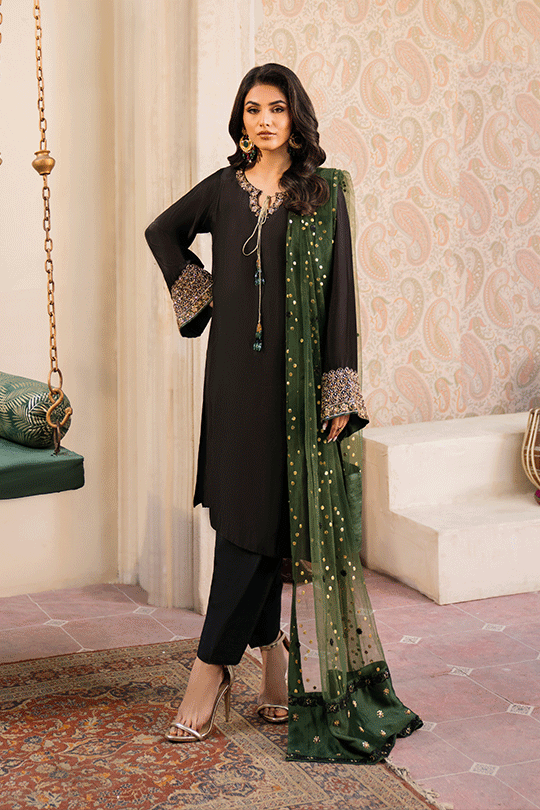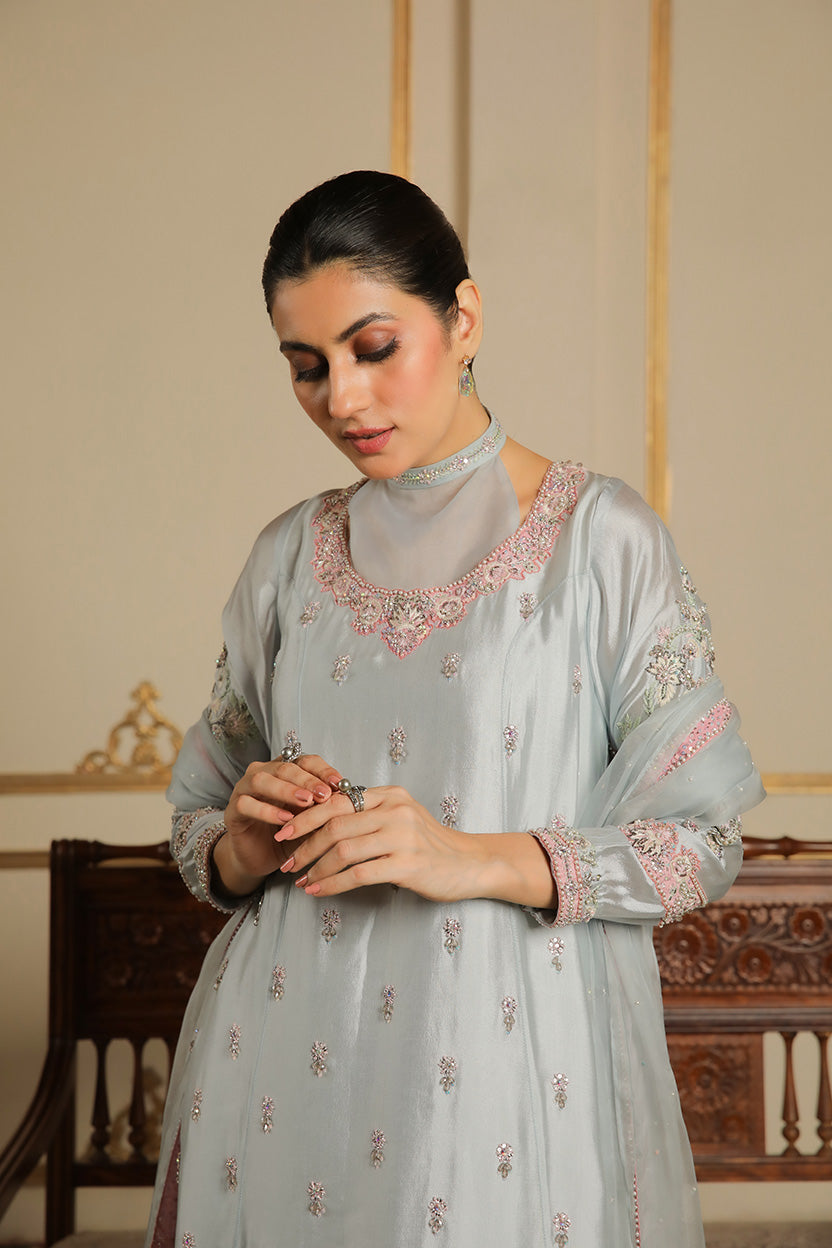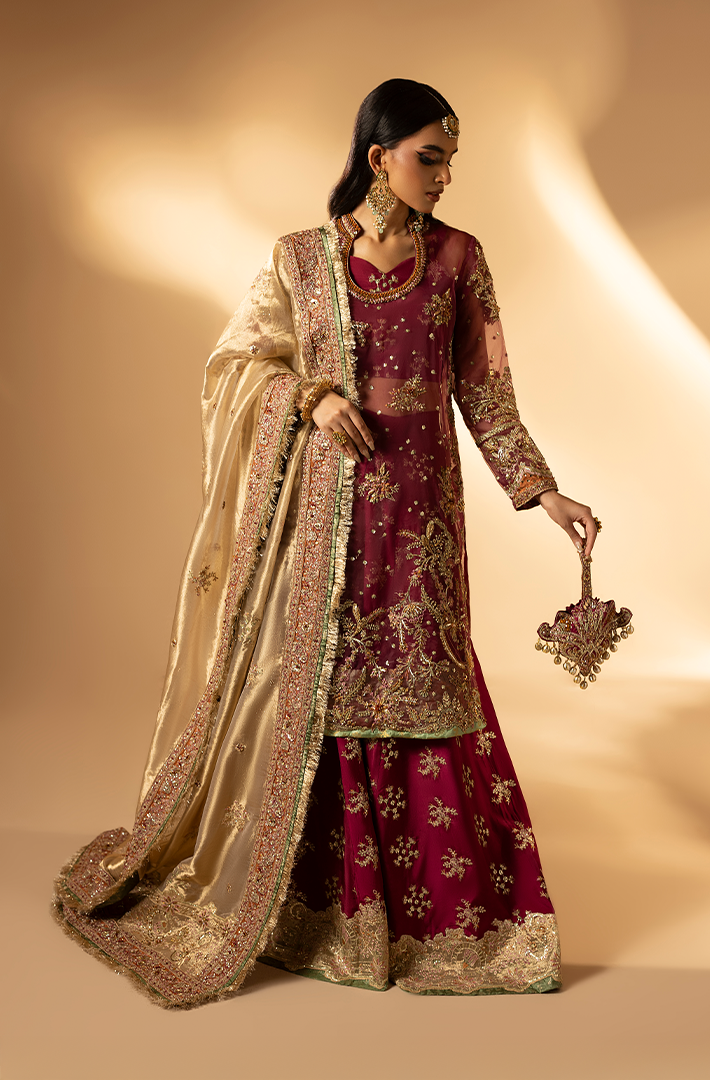Article: Fashion Narrative Across Generations: From Identity to Empowerment
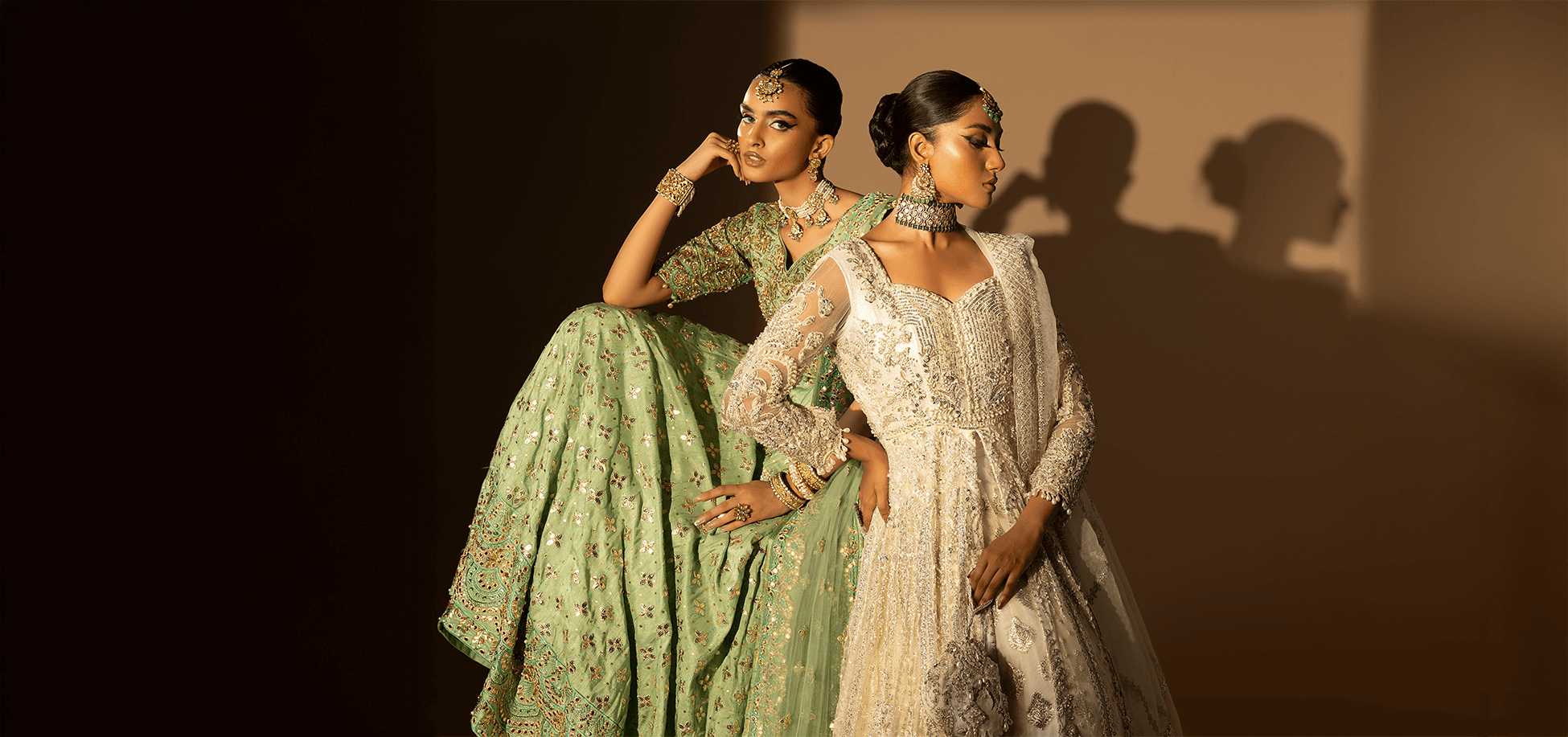
Fashion Narrative Across Generations: From Identity to Empowerment
Women Who Shaped Pakistan’s Fashion Narrative
Fashion has always been more than just clothing. It is a language, a quiet yet powerful way women tell their stories. In many ways, fashion works like self-expression. Every woman interprets clothing in her own unique way. What she chooses to wear reflects her emotions, aspirations, and sense of identity.
Clothing becomes a canvas where she paints her individuality. It is less about trends and more about self-expression. In that moment, style becomes empowerment, a way for women to own their choices and presence.
Fashion as a Voice of Empowerment
When women choose their style, they are not simply choosing outfits. They are making decisions about how they want to be seen and how they want to present themselves. This in itself is empowerment. Fashion becomes a subtle form of resistance, a declaration of individuality in a world that often tries to dictate what women should be.
Fatima Jinnah, always seen in her crisp white sarees and traditional ghararas, unlike the more embellished trends of her time, made a deliberate choice to keep her style minimal. A choice that went beyond aesthetics. She turned her fashion into a language of power.

Generations of Women Who Defined Style
Pakistan’s fashion narrative is deeply tied to the women who have lived it. Over the decades, icons have emerged, each adding her own interpretation of beauty and empowerment.
In the golden era of cinema, Madam Noor Jehan stood as the ultimate diva. Her dramatic sarees, signature winged eyeliner, and statement jewelry were more than personal style. They symbolized authority, charm, and confidence. She made glamour a form of power.

As decades passed, women like Shabnam, Marina Khan, and Zeba Bakhtiar later brought softer, more relatable styles into the limelight. Their looks mirrored the hopes and dreams of the women of their time. Modern yet rooted, graceful yet strong.

Moving into the modern era, actresses such as Mahira Khan, Sara Khan, and Saboor Aly have redefined fashion once again. Today’s icons are bolder, more experimental, and unapologetically themselves. Their fashion choices reflect a Pakistan that is globally connected yet proudly local.
From Madam Noor Jehan’s timeless glamour to Saboor Aly’s contemporary flair, one thing that connects them all is the use of fashion as a powerful expression of identity, confidence, self-expression, and empowerment.

A Continuous Journey
The fascinating part of Pakistan’s fashion story is its continuity. Each generation doesn’t erase the past but builds upon it. Noor Jehan’s boldness made way for Marina Khan’s relatability, which in turn made space for Mahira Khan’s global presence. Today, stars like Saboor Aly and Hania Aamir are shaping fashion into something youthful, playful, and modern.
Tabeer: A Self-Expression of Fashion
Even though styles, fabrics, and trends have changed, the essence remains the same: fashion as a personal Tabeer. Each woman stitches her dreams into reality through her clothing, and in doing so, she leaves her mark on the larger narrative.
Fashion isn’t limited to runways or magazines. It lives in everyday women who dress for work, family and themselves. A student pairing her dupatta with sneakers, a mother choosing bright colors to reflect her optimism, or a young professional investing in a tailored outfit to claim authority in her workplace, each one is an example of personal Tabeer. Each choice is an act of self-expression, proof that fashion is not reserved for celebrities but belongs to every woman navigating her journey.
For many women, clothing is also comfort, culture and confidence. It is the soft kurta that feels like home, the saree that connects them to heritage, or the bold lipstick that gives them courage before an important meeting. These everyday interpretations of style remind us that empowerment does not always come in grand gestures; sometimes it is woven quietly into fabric and worn with pride.
Fashion Beyond the Ramp: Women Behind the Scenes
This story is not only about celebrities and public figures. Designers, entrepreneurs, and stylists have also played a crucial role in empowering women through fashion. These women created opportunities, employed artisans, and reshaped cultural norms, proving that fashion is also an industry of empowerment.
Looking Ahead: Fashion as Tabeer of Tomorrow
As Pakistan continues to evolve, so will its fashion narrative. With social media giving women more visibility than ever, self-expression through style has become both personal and public. Women are reclaiming space, challenging stereotypes, and showing that fashion is not trivial; it is transformative.
From timeless glamour to contemporary experimentation, Pakistani women have consistently used fashion as a mirror of empowerment. Each generation has added its own voice, turning fabric into a statement and style into a story.
At its core, fashion is a woman’s Tabeer, her interpretation of self, stitched into reality, reminding us that empowerment can be as subtle as a drape and as bold as the choices she wears every day.

